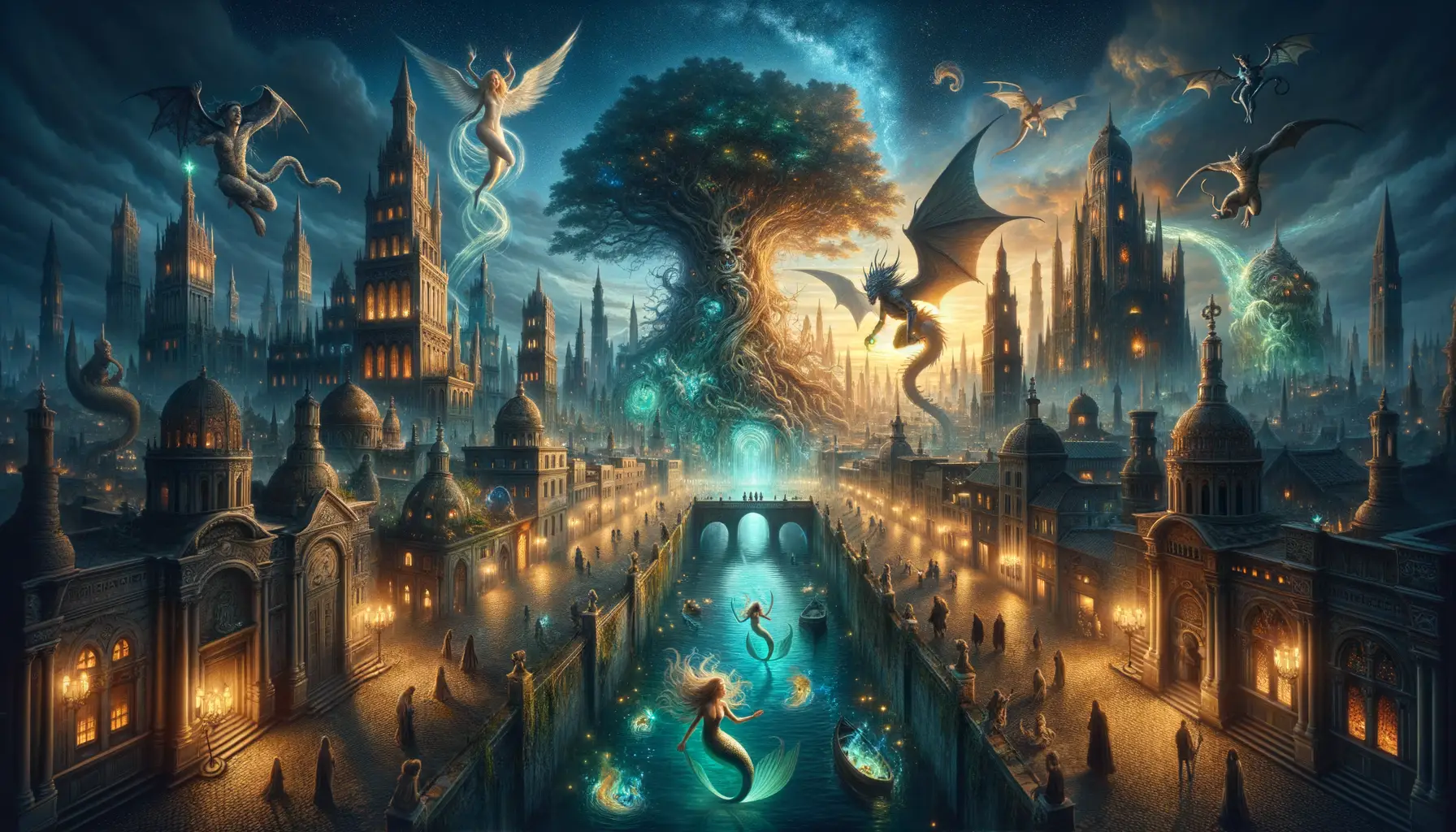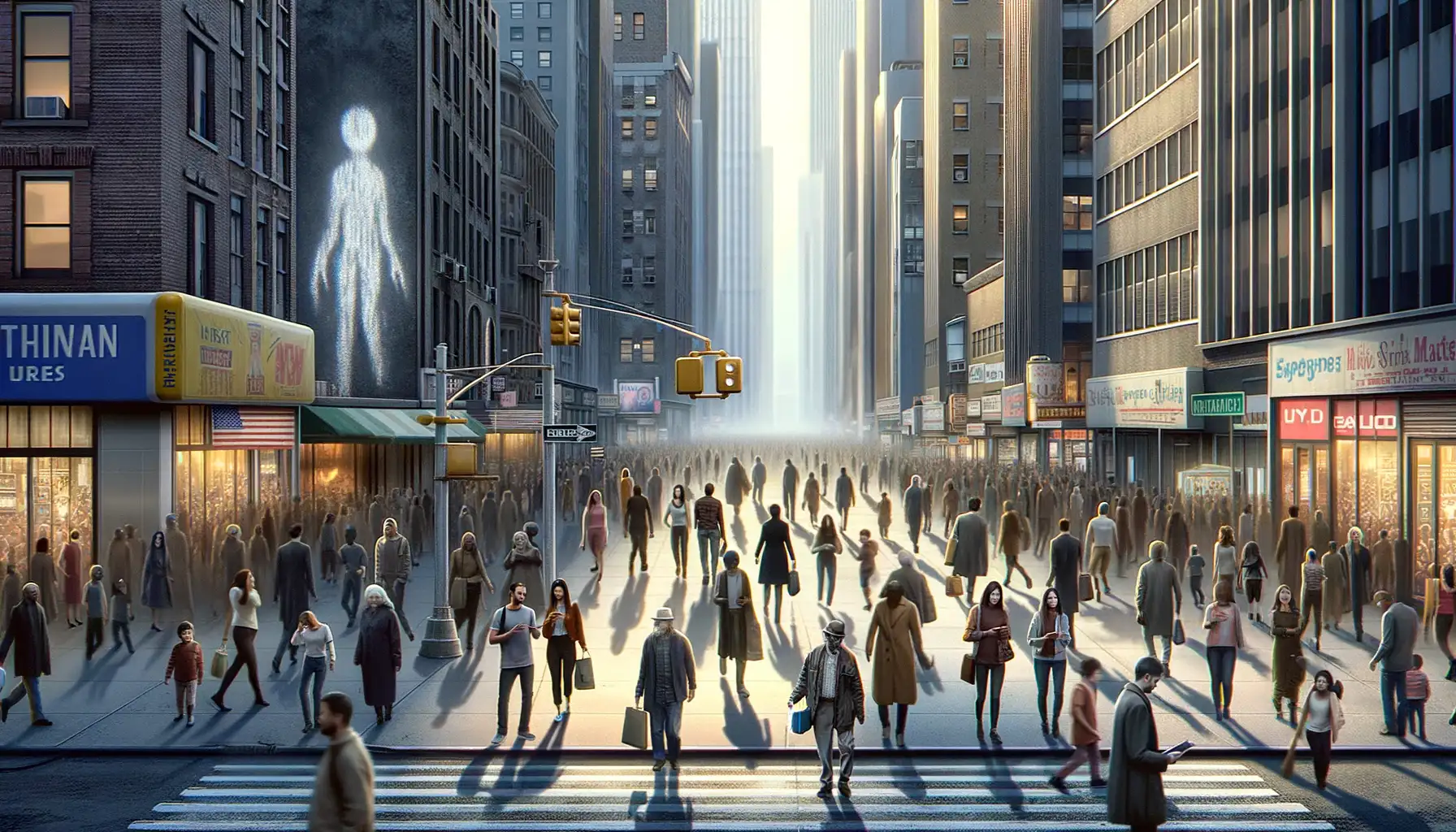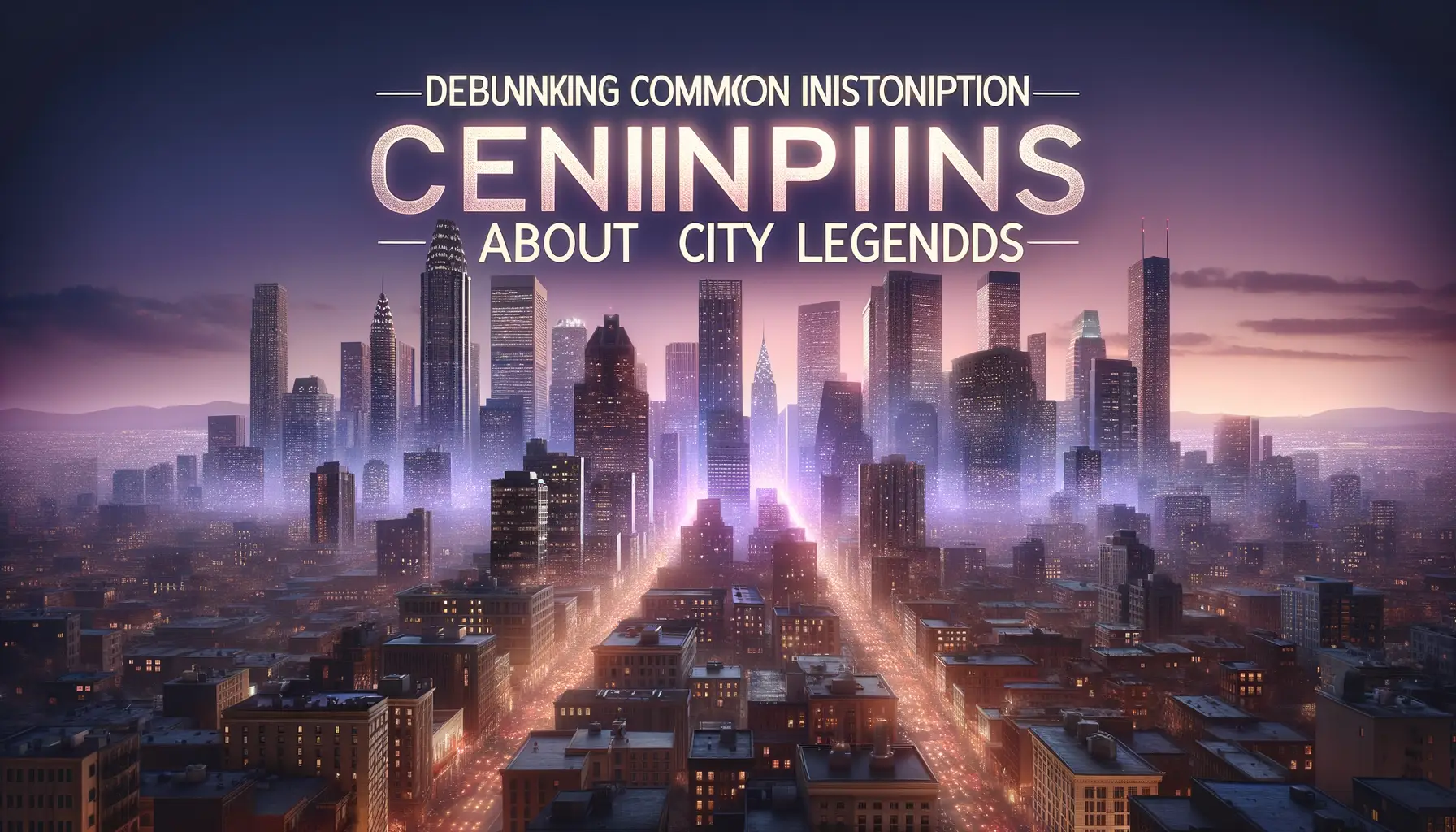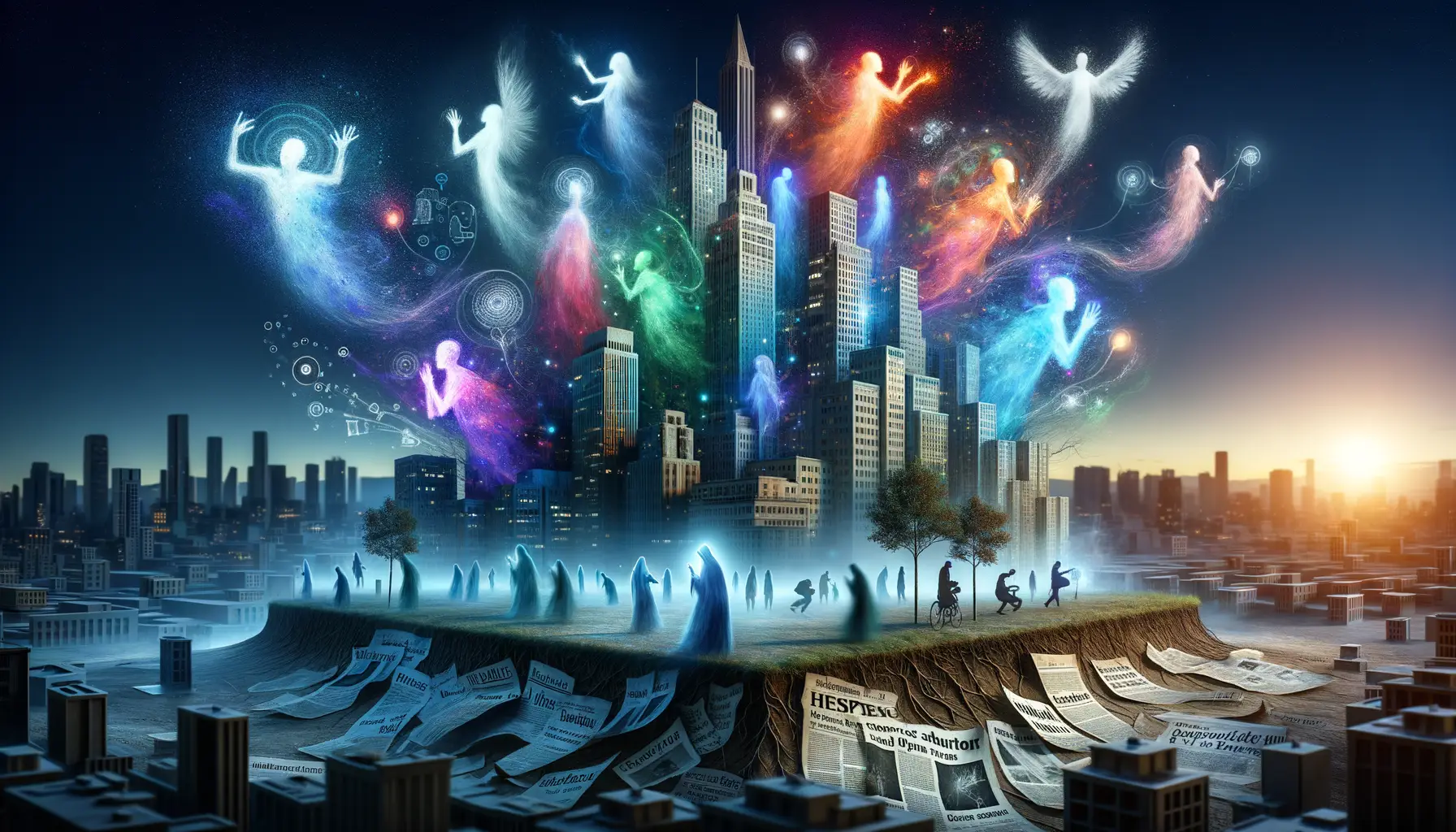Introduction to Urban Myths and Their Evolution
Urban myths—they’re the irresistible whispers of a city’s soul, aren’t they? These tales slip through alleyways and spill out at late-night diner counters like shadowy secrets. It’s fascinating how they evolve, almost as if they’re alive, constantly shifting to match the time, the mood, the generation.
The Origins: A Dance Between Fear and Curiosity
Every urban myth starts somewhere—a bizarre coincidence, a misunderstood event, or sometimes just pure imagination. They thrive in the cracks between truth and hearsay, feeding on our deepest fears and most burning curiosities. Have you ever wondered why so many of these legends center on the familiar? A babysitter alone in the house. A shadowy hitchhiker. A monstrous figure lurking under the subway grates. It’s because they prey on what feels close, what feels possible. That’s their magic.
Why Do Urban Myths Morph Over Time?
Like an old song remixed for a new crowd, urban myths are constantly reimagined. The basic beats stay the same, but the details get twisted to better fit modern anxieties. Remember the classic “man in the backseat” tale? Once, it was whispered about dark highways and forgotten motels. Today, it’s echoed in ridesharing apps and GPS systems gone awry.
- Old legend: A stranger calls the house when you’re home alone.
- Modern version: Your smart speaker starts talking back… and it’s not Alexa.
These shifts make urban myths feel fresh and just believable enough to keep us looking over our shoulders. Their survival is proof of their relevance—each telling a story uniquely tied to its time, yet timeless in its eeriness.
The Most Enduring City Legends Reimagined

When Night Falls: Urban Legends That Refuse to Die
Picture this: the city lights flickering, shadows stretching across empty streets, and a faint hum of life that never sleeps. It’s in moments like these when the tales we’re about to dive into feel most alive. Some stories have been whispered for generations, their roots buried deep in cobblestone alleys and neon-soaked sidewalks.
Take the chilling legend of the “Vanishing Hitchhiker.” We all know the version—an elegant stranger thumbed for a ride, only to disappear from the passenger seat without a trace. But today’s retelling swaps the lonely highway for densely-packed rideshare apps. Imagine dropping off a passenger who thanks you warmly, but when you check the rear camera… the backseat is empty. Spine-tingling, isn’t it?
- The “Rat in the Fast-Food Joint” now revolves around viral TikTok videos claiming to expose behind-the-scenes horrors.
- An updated “Alligator in the Sewers” paints mutant creatures thriving beneath megacities, courtesy of dumped exotic pets and industrial runoff.
These aren’t just old campfire stories with new clothes. They’ve evolved because we have; they’re our anxieties, obsessions, and digital fears reflected back at us, sharper than ever.
Cultural Impact of Modernized Urban Myths

Why Urban Myths Hit Us Right in the Feels
Urban myths aren’t just stories—they are emotional glue, sticking us together through shared fears, laughs, and eerie wonder. Think about it: who hasn’t felt a tiny shiver when hearing about that mysterious figure haunting the subway at 3 a.m.? These modernized myths tap into universal feelings like curiosity, anxiety, and even nostalgia for simpler times when ghost stories were enough to keep us awake at night.
But here’s the thing: today’s city legends don’t stay cloaked in foggy alleyways anymore. They’ve leapt into memes, YouTube horror channels, and TikTok trends, where their reach is as limitless as Wi-Fi. We connect globally now, riffing on these tales and making them our own. The more we retell, remix, or “like” those creepy tales, the more they worm into the marrow of our culture.
- “The Vanishing Hitchhiker”: Streaming shows reimagine her with hashtags and dating apps gone wrong.
- “Slenderman”: Born online, now he’s lurking in video games and fan art, reshaping how we view urban lore itself.
In these myths, old fears become modern reflections of who we are today: wired, connected, and still, deliciously scared.
Debunking Common Misconceptions About City Legends

The Truth Behind Those “Too Spooky to Be True” Tales
Let’s get real for a hot second—urban legends may give you chills, but not everything that creeps through the grapevine is gospel truth. Some of these stories are like old, comfy sweaters passed down through generations: stretched, frayed, and full of holes. Take, for instance, the infamous tale of the “vanishing hitchhiker.” It’s a classic! But here’s a twist—did you know this particular legend has been recycled across dozens of cultures worldwide? Some versions tell of ghostly brides; others feature spectral soldiers hitching rides in eerie silence. The underlying fear of “what if” keeps it alive, but specific details? Almost always fiction.
Pitting Fact Against Fiction in Urban Lore
Not every urban myth is a horror show, though. Some of them are just… wild. Consider these common misconceptions:
- “Alligators in New York sewers”: The idea of albino gators slinking in dark pipes sounds delightfully terrifying, but check with NYC sanitation workers—they’ll tell you they’re wrestling fatbergs, not reptiles.
- “Killer clowns lurking in suburbia”: Sure, creepy sightings made headlines in 2016, but most were pranks that spun wildly out of control thanks to social media hysteria.
So, next time someone swears by an urban legend, ask yourself: is it rooted in history or just a game of exaggerated whispers?
How Urban Myths Continue to Shape City Narratives

The Pulse of City Folklore Lives On
Urban myths don’t just fade away—they adapt, sneak into our lives, and become part of how cities define themselves. Think about it: a city’s identity isn’t just its skyline or cuisine but also the whispered warnings, eerie tales, and half-truths that weave through its streets like invisible threads. Take New York’s infamous alligator-in-the-sewers story. Sure, rationally, we know it’s absurd, but doesn’t it somehow feel… believable? It paints the city with a touch of rebellious chaos—a place where even pets-turned-reptilian-monsters can thrive!
Urban legends have this magical way of amplifying a city’s quirks. Why are they so sticky? Because they touch on universal fears (the stranger in the shadows), hidden wonders (a secret tunnel), and even dark humor (who hasn’t chuckled nervously at the idea of cursed subway cars?).
- They bond communities: “Did you hear what happened near the old bridge?” becomes a shared point of gossip.
- They evolve into modern thrills: today’s TikTok challenges replacing yesterday’s campfire horror stories.
Let’s face it—what would cities be without their goosebump-worthy whispers? Just brick, steel, and glass. Legends? They give those materials a soul.
